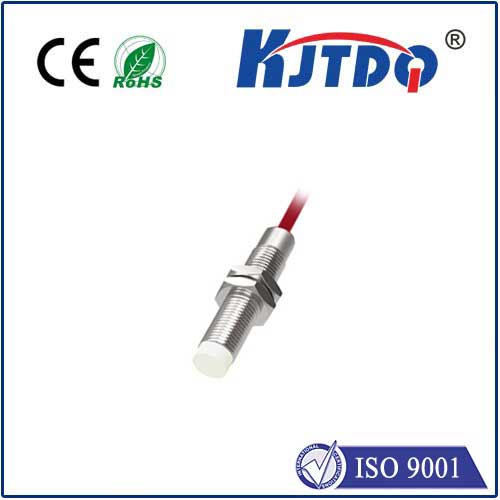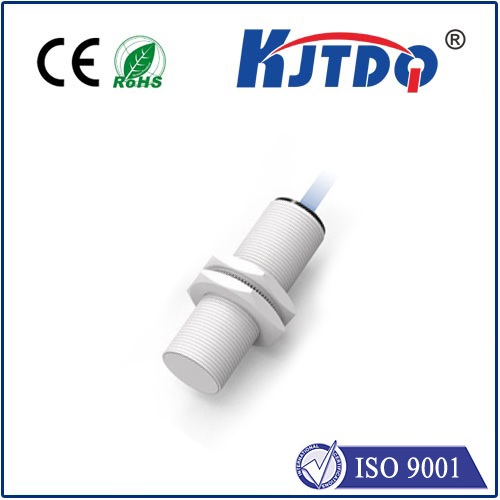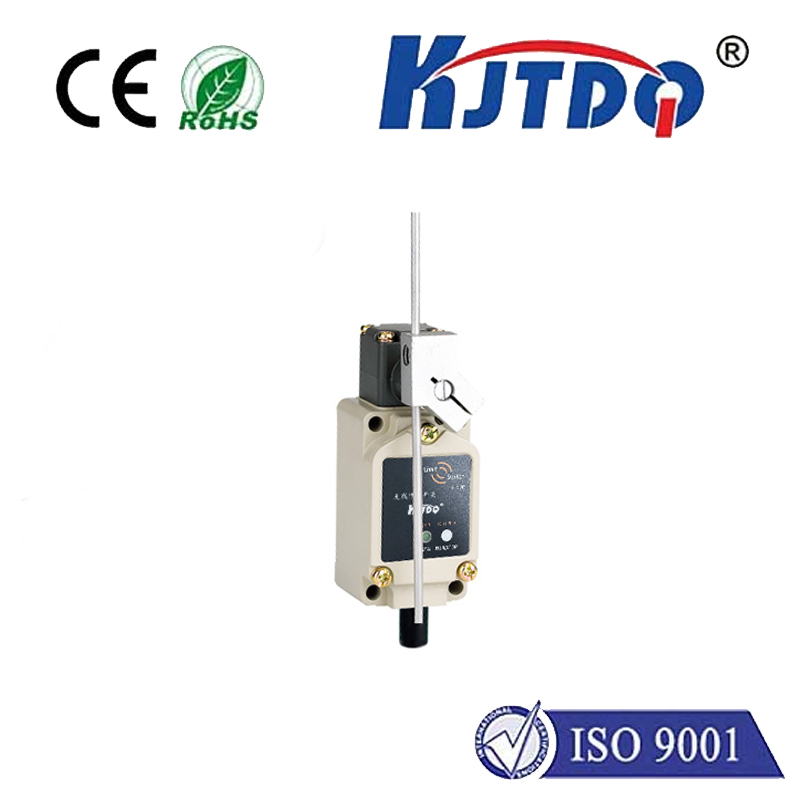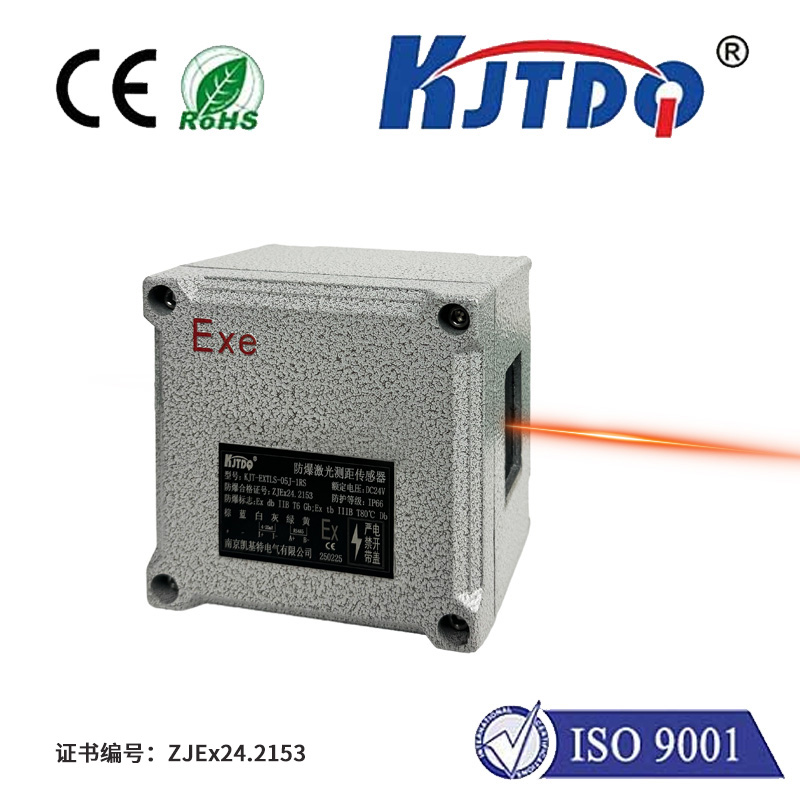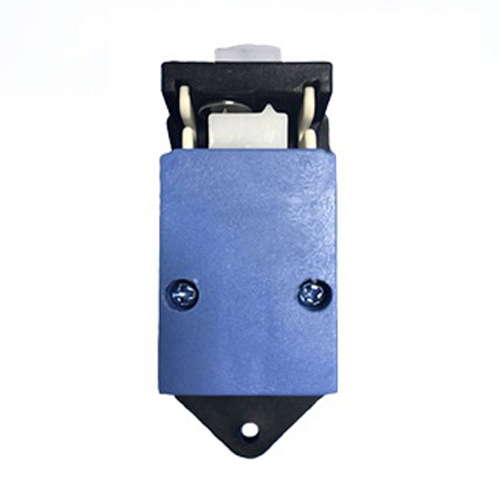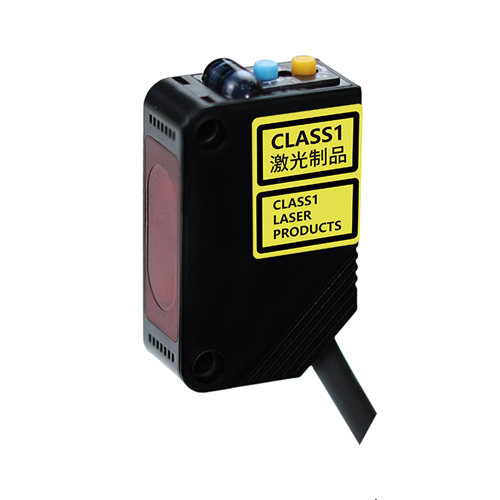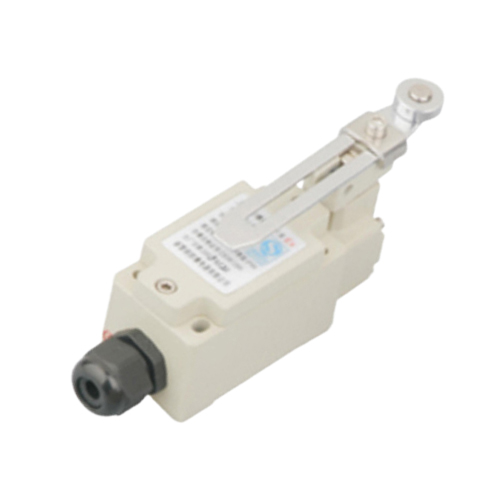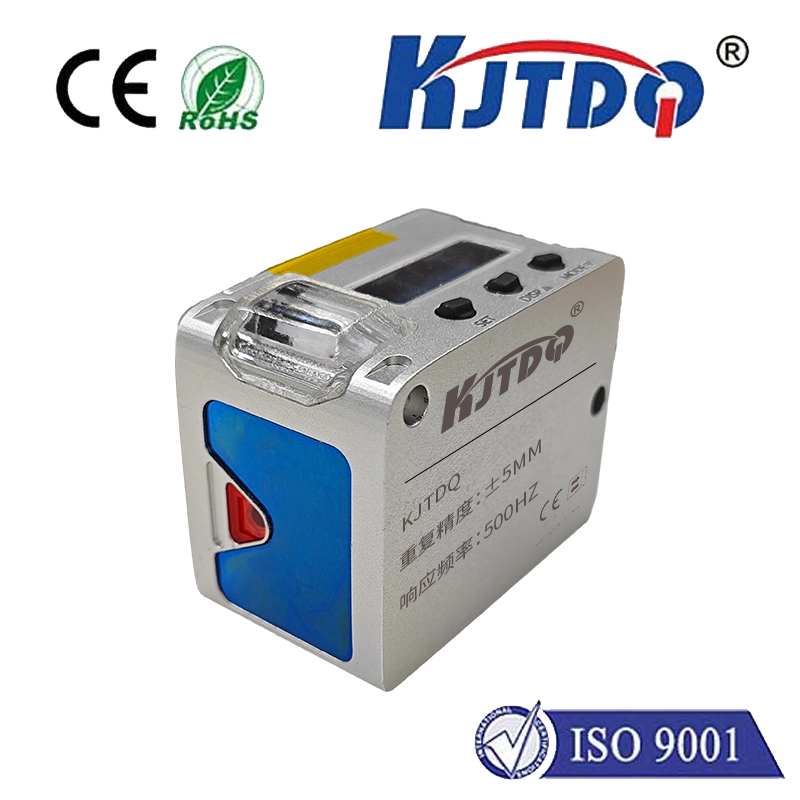датчик приближения для счисления
- time:2025-06-23 16:35:19
- Нажмите:0
Proximity Sensors Revolutionize Counting: From Factories to Retail Floors
Picture a factory floor worker painstakingly tallying boxes moving down a conveyor, squinting to keep an accurate count. Or imagine a retail employee closing time, manually counting high-value items – a process prone to fatigue and error. Now, envision that same facility with sleek, unobtrusive devices silently and flawlessly tracking every single item passing by. This is the transformative power of proximity sensors for automated counting, replacing tedious manual processes with unwavering accuracy and efficiency. These versatile electronic components have become indispensable tools across countless industries, fundamentally changing how we track objects, products, and people. Let’s explore how proximity sensors make counting smarter, faster, and more reliable.
Understanding the Core: What are Proximity Sensors?
At their essence, proximity sensors are non-contact devices designed to detect the presence or absence of an object within a defined sensing range, without requiring any physical touch. They achieve this by emitting an electromagnetic field, beam, or ultrasonic wave and then monitoring for changes in the field or the return signal caused by the target object entering the detection zone. When an object interrupts this field, the sensor triggers an electrical signal – essentially a digital “on/off” switch activated by proximity. This fundamental principle of non-contact detection makes them perfect for counting applications where durability, speed, and reliability are paramount.
The Counting Mechanism: How Proximity Sensors Tally
Using a proximity sensor for counting leverages its core detection capability in a sequential manner:

- Object Approach: An object moves within the sensor’s predetermined detection range.
- Detection Trigger: The sensor detects the object’s presence, causing its output state to change (e.g., from “off” to “on”).
- Signal Processing: This output change is sent to a connected electronic counter, Programmable Logic Controller (PLC), or microcontroller.
- Count Increment: The receiving device (counter/PLC) interprets this signal change as a single event and increments its internal counter by one.
- Reset/Continuation: As the object leaves the detection zone, the sensor typically resets its output (e.g., back to “off”), ready to detect the next approaching object and repeat the cycle.
The speed and reliability of this detection->signal->count cycle are what enable high-speed, highly accurate counting. Sensors can detect objects moving at significant velocities, handling counts per minute that would be impossible for humans.
Where Proximity Sensors Excel in Counting Applications
The applications for proximity sensor counting systems are vast and diverse:
- Industrial Production Lines: This is the quintessential use case.
- Bottling/Packaging Lines: Counting bottles, cans, packages, or cartons on conveyors. Sensors ensure accurate case packing and palletizing.
- Component Assembly: Verifying the presence and count of parts fed into assembly machines (e.g., screws, caps, electronic components).
- Machined Part Inspection: Counting finished parts exiting CNC machines or presses. Highly accurate counts are crucial for inventory and quality control.
- Перевозка материалов: Tracking items on sorting lines, luggage on conveyors at airports, or parcels in logistics hubs.
- Retail & Inventory Management:
- High-Value Goods Tracking: Discreetly counting items like smartphones, cosmetics, or electronics moving through secure areas or display cases.
- Stock Room Inventory: Automating the counting of items on conveyors during stock intake or dispatch verification. Avoiding manual stock counts saves immense time and reduces errors.
- People Counting (Limited Scope): While dedicated people counters exist, specific proximity sensor types (like simple IR) can sometimes be used for low-traffic entry/exit points where simple presence detection translates to a person count.
- Automotive Manufacturing: Counting components on sub-assembly lines, verifying the number of parts installed per vehicle, or tracking vehicles through paint shops or assembly stages.
- Food & Beverage Processing: Counting packaged food items, cans, bottles, or even monitoring the fill level of containers on lines (which often involves counting).
- Warehousing & Logistics: Verifying pallet loads, counting items moving through automated guided vehicles (AGVs), or managing inventory flow.
Choosing the Right Proximity Sensor for Your Counting Task
Not all proximity sensors are identical. Selecting the optimal type is critical for a successful automated counting system:
- Inductive Sensors: Detect metal objects only. Highly reliable, robust, and immune to dust, dirt, or moisture. Ideal for harsh industrial environments counting metal parts, tools, or containers. Often the go-to choice for factory floor counting.
- Capacitive Sensors: Detect a wide variety of materials – metals, plastics, wood, liquids, powders, and even granular substances. Excellent for counting non-metallic objects like plastic bottles, cardboard boxes, food products, or paper stacks. Sensitivity adjustments are crucial to avoid false triggers.
- Photoelectric Sensors (Not strictly proximity, but often grouped): Use beams of light (visible, IR, laser). Excellent for longer ranges and detecting virtually any object that interrupts the beam. Common types for counting include Through-Beam (most reliable for counting at high speed/distance) and Retroreflective (using a reflector) configurations. Susceptible to certain environmental factors like fog or dust.
- Ultrasonic Sensors: Detect objects based on reflected sound waves. Effective for detecting objects regardless of color, transparency, or material, and in dirty environments. Useful for counting items on vibratory feeders or awkwardly shaped objects.
Key Factors influencing choice:
- Target Material: Metal? Plastic? Wood? Liquid?
- Detection Range: How far away is the object?
- Required Switching Speed: How fast are objects moving? (High-speed lines need fast sensors).
- Environment: Dusty? Wet? Oily? High temperatures?
- Mounting Arrangement & Space Constraints: How and where can the sensor be installed?
- Cost: Inductive sensors are often the most cost-effective for metal targets; photoelectric and ultrasonic might have higher costs depending on the model.
Overcoming Challenges & Maximizing Accuracy
While highly reliable, setting up a precise proximity sensor counting system requires attention:
- Avoiding Double-Counting: Ensure objects are sufficiently spaced. Adjust sensor sensitivity and positioning so only one object triggers the sensor at a time. Using sensors with very short “on” pulse times can help distinguish closely spaced items.
- Minimizing Missed Counts: Guarantee consistent object positioning as they pass the sensor. Verify the sensor’s detection range fully covers the target path. Ensure objects are within the specified size/material range for reliable detection.
- Environmental Interference: Choose sensors rated for the specific environment (IP ratings for dust/water, temperature specs). Shield photoelectric sensors from ambient light interference. Keep ultrasonic sensors away from strong air currents.
- Vibration & Mounting: Securely mount the sensor to prevent movement or misalignment caused by machine vibration. Vibration can cause false triggers or missed counts.
- Sensor Selection: Meticulously match the sensor type to the specific application requirements (target material, speed, environment).
**The Unbeatable Advantages

